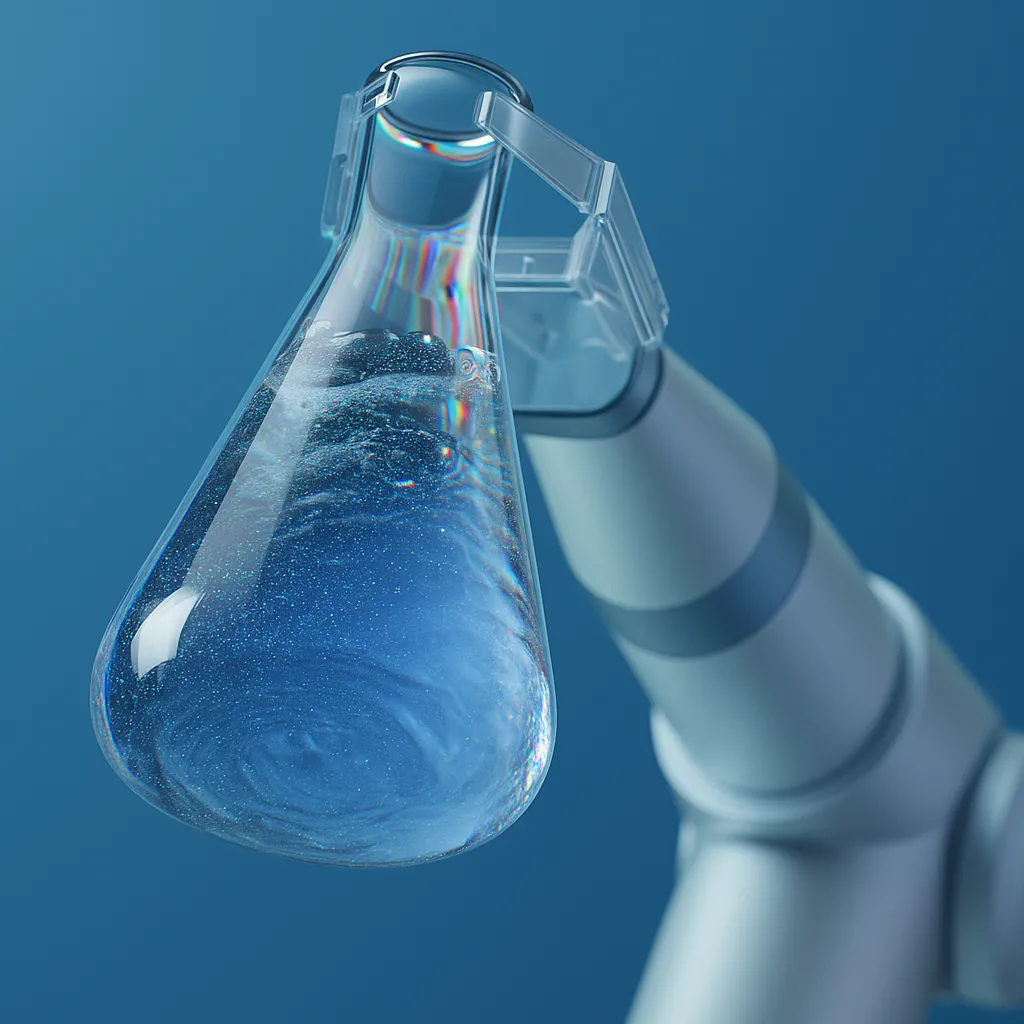Grounded in Science, Proven by Research
At BioIntelligent Technology Systems, our commitment to innovation is matched by a deep dedication to scientific validation. Every therapy we develop is backed by years of research, clinical data, and peer-reviewed evidence, ensuring our solutions meet the highest standards of safety, efficacy, and transparency.
We don’t just innovate—we validate. Our tissue nutrient-based technologies are the result of two decades of translational research in:
Soft Tissue Tissue Nourishment
Bioactive Mineral Therapies

Publications
Our work has been cited in leading international journals and presented at medical and scientific conferences around the globe. Here are a few highlights from our published research portfolio:
- Correction: Al Madhoun et al. Randomized Clinical Trial: Bone Bioactive Liquid Improves Implant Stability and Osseointegration Randomized Clinical Trial: Bone Bioactive Liquid Improves Implant Stability and Osseonintegration.
- Comparison of 0.12% Chlorhexidine and a New Bone Bioactive Liquid, BBL, in Mouthwash for Oral Wound Healing: A Randomized, Double Blind Clinical Human Trial
- Randomized Clinical Trial: Bone Bioactive Liquid Improves Implant Stability and Osseointegration
- Clinical Application of Umbilical Cord Mesenchymal Stem Cells Preserves β-cells in Type 1 Diabetes.
- Chemically Defined Conditions Mediate an Efficient Induction of Dental Pulp Pluripotent-Like Stem Cells into Hepatocyte-Like Cells.
- Human dental pulp pluripotent-like stem cells promote wound healing and muscle regeneration.
- Improvement of osteogenesis in dental pulp pluripotent-like stem cells by oligopeptide-modified poly(β-amino ester)s.
- Dental pulp of the third molar: a new source of pluripotent-like stem cells.
- Histologic and Histomorphometric Evaluation of a New Bioactive Liquid BBL on Implant Surface: A Preclinical Study in Foxhound Dogs.
- Chemically Defined Conditions Mediate an Efficient Induction of Mesodermal Lineage from Human Umbilical Cord- and Bone Marrow- Mesenchymal Stem Cells and Dental Pulp Pluripotent-Like Stem Cells.
- S53P4 Bioactive Glass Inorganic Ions for Vascularized Bone Tissue Engineering by Dental Pulp Pluripotent-Like Stem Cell Cocultures.
- Comparative Proteomic Analysis Identifies EphA2 as a Specific Cell Surface Marker for Wharton’s Jelly-Derived Mesenchymal Stem Cells.
- Dental pulp pluripotent-like stem cells (DPPSC), a new stem cell population with chromosomal stability and osteogenic capacity for biomaterials evaluation.
- Defined three-dimensional culture conditions mediate efficient induction of definitive endoderm lineage from human umbilical cord Wharton’s jelly mesenchymal stem cells.
- The Effect of Commercially Available Endodontic Cements and Biomaterials on Osteogenic Differentiation of Dental Pulp Pluripotent-Like Stem Cells.
- The effect of five proteins on stem cells used for osteoblast differentiation and proliferation: a current review of the literature.
- Pancreatic differentiation of Pdx1-GFP reporter mouse induced pluripotent stem cells.
- CPT1C promotes human mesenchymal stem cells survival under glucose deprivation through the modulation of autophagy.
- Pancreatic differentiation of Pdx1-GFP reporter mouse induced pluripotent stem cells.
- Dental Pulp Stem Cells Derived From Adult Human Third Molar Tooth: A Brief Review.
- Type 1 Diabetes Treatments Based on Stem Cells.

